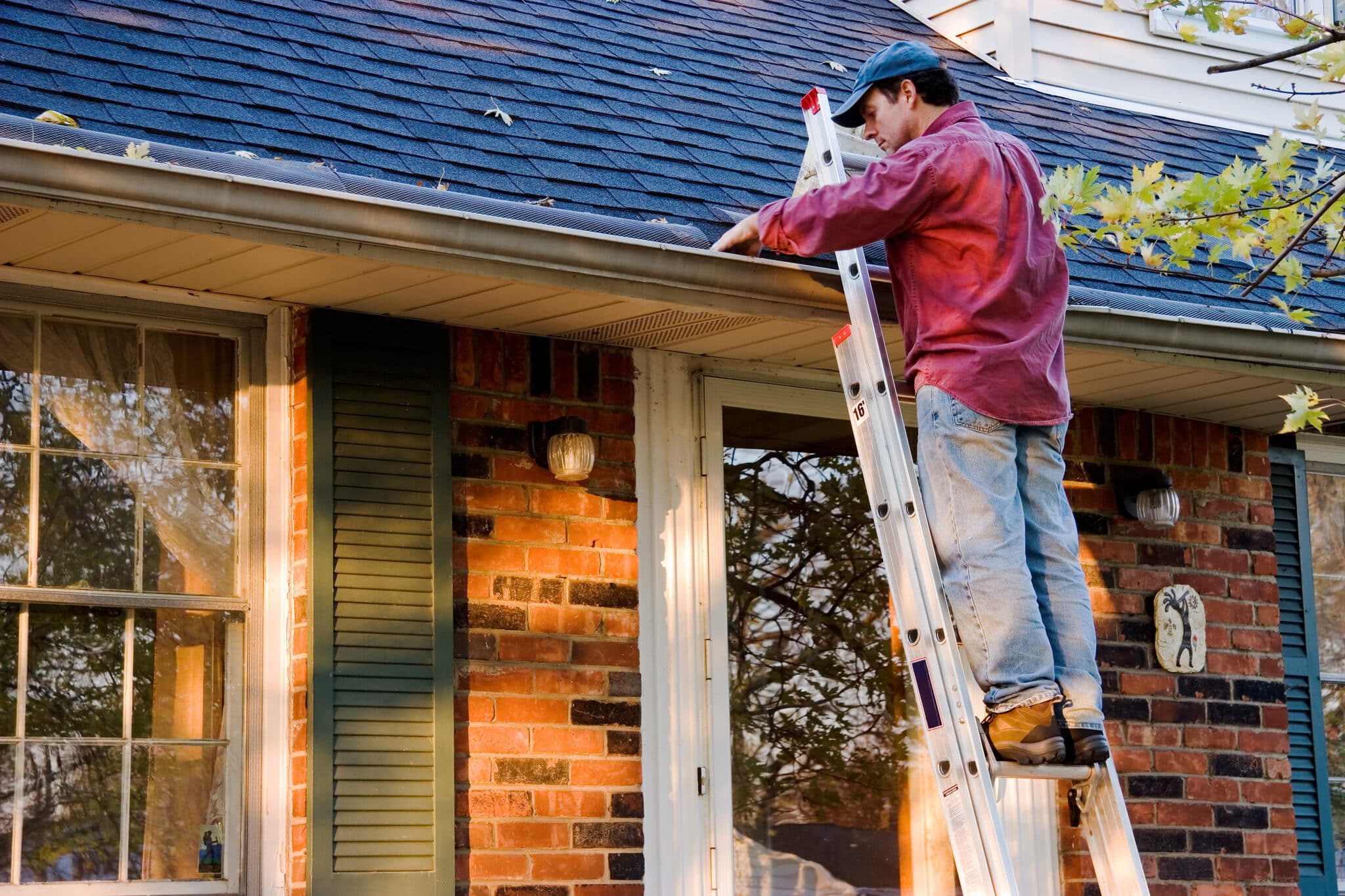"Well done is better than well said."
– Benjamin Franklin
THE ART OF LEADERSHIP
Well Done, Well Led
Benjamin Franklin’s Almanack of Wise Leadership That Converts Industry into Influence, True Prosperity, and the Common Good for All
Better to hammer one nail than draft ten slogans. Rise early, keep promises brief, and greet each hand by name. Folks, watch your footsteps, not your memo. If you ask thrift, show thrift; if you preach diligence, let your coat be dusty from work. Example, like sunrise, pulls the whole town out of bed. Remember: a coin saved at dawn funds a bold venture at dusk.
Post the figures plainly and praise aloud. When an error appears, cage it fast and invite all to mend the gap. Generous credit multiplies; blame hoarded grows sour. Spread reward as the farmer spreads manure evenly; you will harvest loyalty rather than weeds. Silence the rumor mill with transparent books; treat clerks as partners and progress as common property.
Look further than today’s ledger. Teach an apprentice, stock the library shelf, pave the road outside the shop. Returns will arrive signed by strangers yet unborn. Let many hands write the plan; typical property weather every storm. Plant those seeds now, and the orchard will feed widows you never meet!
Envision the horizon, share its promise, and take a big stride. Help one teammate glimpse that horizon and equip them to chart a step toward it today.
COMMERCIAL CONSTRUCTION
GM-Samsung Indiana Battery Plant Tops Out Steel
GM and Samsung SDI top out $3.5B Indiana battery gigafactory after 42k tons of steel; 4,900 workers shift to tool install ahead of 2026 cell launch
General Motors and Samsung SDI hoisted the final roof truss onto their $3.5 billion electric-vehicle battery plant in New Carlisle, Indiana, at dawn on April 24, just twelve months after the first footing was poured. The topping-out caps 42,000 tons of structural steel and keeps cell production on pace for late-2026 start-up.
Inside the 2.4-million-square-foot shell, crews are already installing 1.8 miles of slurry pipe, 340 dry rooms, and an ice-storage HVAC loop designed to cut peak power demand by 18 percent. Peak workforce reached 4,900 this spring and will hover near 3,000 through the tool set as contractors race to close in the anode wing before Midwest winter. Local fabricators in Elkhart landed busbar and rack contracts.
The plant will ship 30 GWh of high-nickel cells yearly, powering 400,000 GM trucks and creating 1,700 permanent jobs. Indiana put up $380 million, and unions expect apprentices to log two million hours, a regional record. A second line may come if 45X credits stay.
INFRASTRUCTURE INDUSTRY
Texas bullet train revival clears federal hurdle
USDOT restarts environmental review for $28B Texas Central Amtrak high-speed rail, clearing land buys and a Dallas redesign by 2026
Texas Central’s bullet train revival advanced Monday when the Federal Railroad Administration moved to restart its review alongside Amtrak. The $28 billion link would run 186 mph N700S sets from Dallas to Houston in 90 minutes, a vision many wrote off after 2022 funding cheered nearby.
The reboot keeps most of the I-45 corridor but relocates the Dallas terminal into Union Station to mesh with DART and TRE. Amtrak’s role opens federal grant and TIFIA doors once a supplemental EIS wraps by 2026. Surveyors were flagging utilities within hours of the notice. The update will study battery trains that could eventually run nonstop to Austin.
Officials say early works in 2027 will hire 20,000 Texans and pour 2.3 million cubic yards of concrete, targeting service in 2032. Webuild-Salini must cap overruns under a design-build-maintain deal. Opponents still fight land takings, but farmers like higher viaducts that leave room for combines and deer. Work trailers already line FM 1488.
RESIDENTIAL RESEARCH
Texas Eyes $10K Roof Grants for Storm-Proof Homes
$10K fortified-roof grants sail through Texas House; bill heads to Senate as insurers, banks, and suppliers brace for statewide retrofit gold rush
Texas lawmakers advanced HB 4532 last week, voting 126-14 to create a $125 million annual grant pool that will reimburse homeowners up to $10,000 for installing Insurance Institute FORTIFIED roofs. The program, modeled on Alabama’s success, would be funded by surplus premium-tax revenue and overseen by the Texas Department of Insurance; sponsors say it could retrofit 12,000 houses a year and slash hurricane losses by a quarter. The House vote follows news that Dallas-based FHLB tripled its FORTIFIED Fund to $10 million for low-income roofs, adding urgency for a statewide lift.
The cash carrot is already jolting the supply chain. Triple-layer peel-and-stick underlayment orders jumped 180 percent in April, according to GAF’s Houston plant, while a coastal distributor reports eight-week waits for ring-shank nails. Insurance giants Allstate and USAA signaled they will mirror Louisiana’s 20 percent premium discounts if the law passes, and mortgage lenders say they will underwrite the grant as an energy-resilience improvement, cutting refinancing friction for storm-prone borrowers.
Opposition is muted but real: the Texas Association of Builders warns that mandating a fortified spec on new construction, an amendment dangled in committee, could add $ 4,300 to entry-level houses even after grants. Critics inside the Senate Finance panel also question tapping surplus taxes in a year of wildfire evacuations. Yet backers counter that every state dollar spent saves at least four in future insured losses, and coastal legislators argue the bill may lure carriers back to counties where rates have doubled since 2020. A final Senate vote is expected before the session gavels out May 29, with the governor already hinting at support.
TOOLBOX TALK
The Importance of Securing Gas Cylinders on Construction Sites
Introduction
Good morning, Team! Today's toolbox talk addresses securing gas cylinders safely. Compressed gas cylinders pose significant risks if improperly handled or stored, potentially causing explosions, fires, or serious injuries.
Why It Matters
Unsecured cylinders can fall, rupture, or leak hazardous gases. Proper handling protects everyone on-site and prevents dangerous incidents.
Strategies for Securing Gas Cylinders
Use Proper Storage Racks:
Always store cylinders upright in approved racks or secured with chains or straps.
Label Cylinders:
Label all cylinders clearly, identifying contents and associated hazards.
Separate Incompatible Gases:
Keep oxygen cylinders separated from flammable gases to prevent dangerous reactions.
Inspect Regularly:
Check cylinders for leaks, corrosion, or damage, and report issues immediately.
Use Protective Caps:
Always use protective caps when cylinders aren't in active use.
Discussion Questions
Have you experienced any incidents involving gas cylinders?
How can we improve cylinder storage and handling practices?
Conclusion
Securely storing gas cylinders prevents accidents. Remember to store properly, inspect regularly, and handle safely.
Secure cylinders ensure safety!








